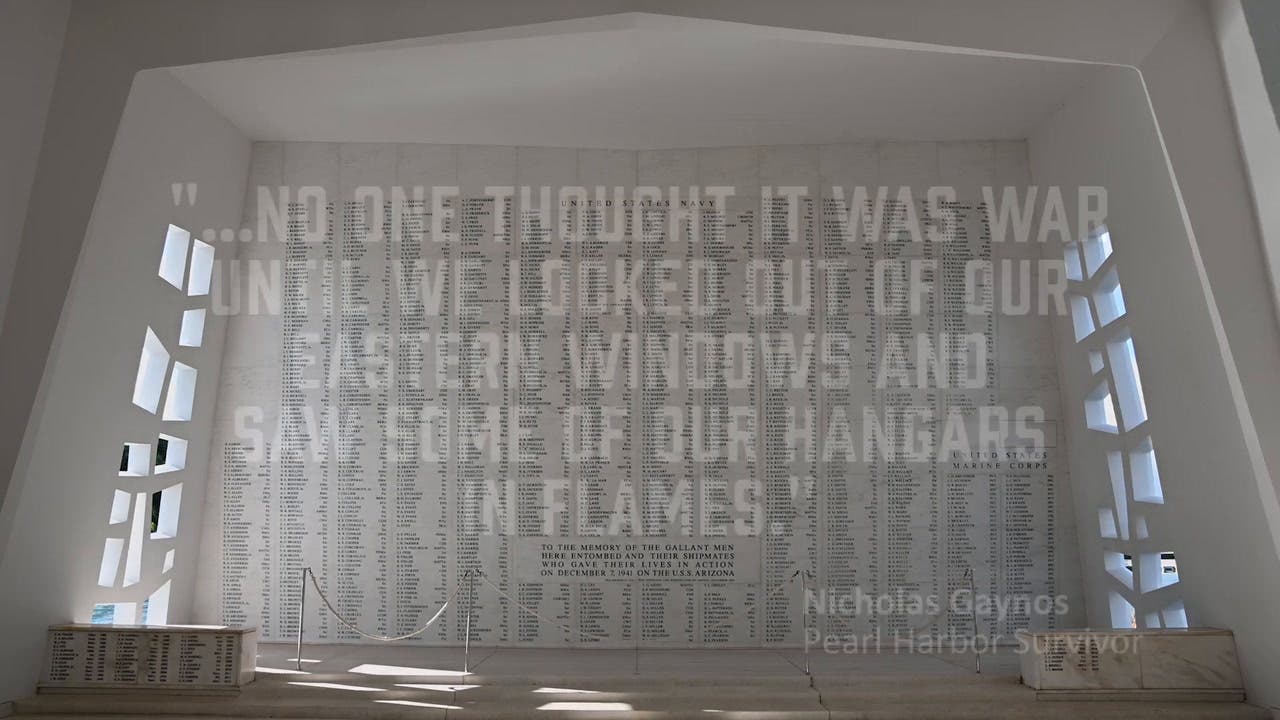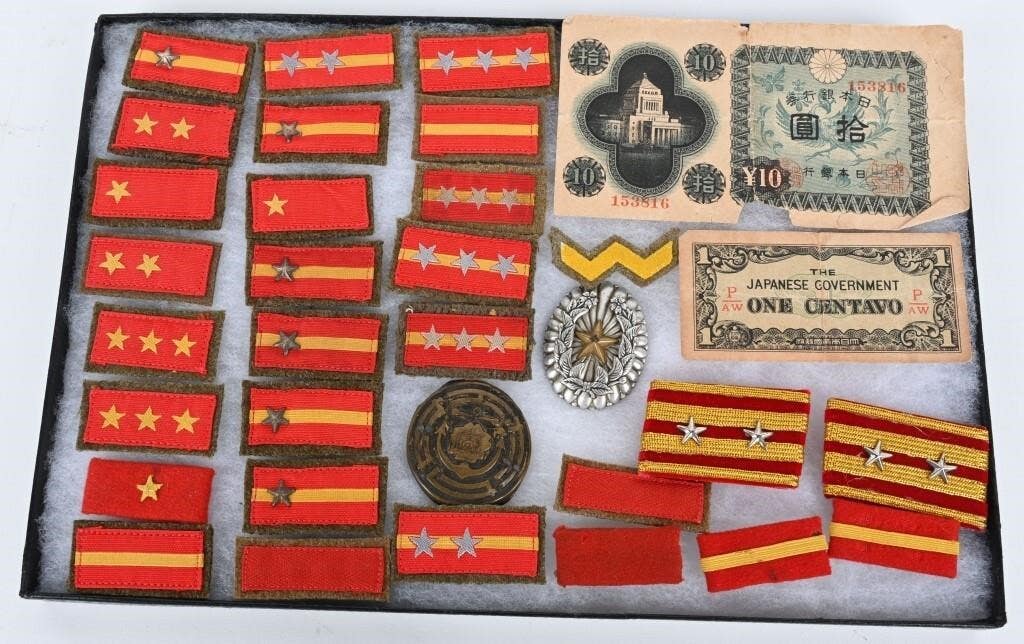HOW DO WE SAVE OUR MUSEUMS?
HOW DO WE SAVE OUR MUSEUMS? “If people want something, they will pay for it,” a colleague prefaced what was sure to be a rant on the “free market.” He…
HOW DO WE SAVE OUR MUSEUMS?
“If people want something, they will pay for it,” a colleague prefaced what was sure to be a rant on the “free market.” He went on to explain how businesses that don’t react to the market deserve to fail. While I really hate to discuss politics or world economics with most anyone, I heard myself say, “History has demonstrated that there is no such thing as a ‘free market.’ Any system that has purported to be free is either approaching a feudal system at best, a dictator-driven economy at worst.”
Why don’t I learn to just keep my mouth shut?
MUSEUMS MATTER—BUT AT WHAT COST?
I genuinely believe that museums matter. They are a part of the infrastructure that supports a local, regional, or national historical and cultural identity. If permitted to collapse, well, that’s where that identity begins to splinter and falter.
So, when the New York’s Metropolitan Museum of Art (“the Met”) decided to begin charging “out-of-towners” a $25 admission fee, I decided I can’t sit by and write nothing. The policy ends a long-standing tradition of “suggesting” or “recommending” that visitors pay $25 to enter the tax-funded institution. Meanwhile, locals will still be able to pay — or not pay — whatever they feel is appropriate, if they can prove their residency with a valid photo identification.
This announcement came after the New York Timesdetailed a report that the Met had a $40 million deficit, had been forced to layoff or offer buyouts to 90 employees, and would be scrapping $600 million expansion project. At the middle of this economic train wreck, the Met’s director, Thomas R. Campbell, announced he would be stepping down.
But, do the financial failings of the Metropolitan reflect its service to the community? Throughout 2016 and 2017, the Met reported record attendance, climbing past 7 million in July 2017. That’s right, SEVEN MILLION people attended one of the three institutions that comprise the Met’s campus. Even if each person gave less than half of the Met’s suggestion — say $10 each — that would be $70 million dollars! That sounds like the public is supporting the institution. So why the troubles and reduced services?
Maybe it has a lot to do with the management. When the Met promoted Campbell from curator to director-elect in 2009, he was earning $246,000 in annual salary. By 2012, the Met was paying him a cool, $1.2 million a year. Call me old fashioned, but I still believe in a “fair day’s wages for a fair day’s work.” As a former curator, I would love to know what Campbell did to earn more than $4,615 dollars a day.
The Met hiring Campbell is a perfect example of how the free market doesn’t work. Amid claims of a dearth of executive talent (James Cuno, president and chief executive officer of Los Angeles’ J. Paul Getty Trust, and Ellen Futter, president of the American Museum of Natural History, both earn about $1.1 million), the Met’s Board felt they had to pay their director over a million dollars to do the job. But based on what? Apparently, it wasn’t based on results, or he wouldn’t be allowed to “resign” after five years and leave the Met in a nearly $40 million hole. If they had monitored their investment in this high profile position, perhaps they wouldn’t be scrambling now to fix their financial mess.
But there is something much deeper at play. Consider the results if the Met had not hired Campbell at such a high rate? What if they paid only $500,000 or $250,000? Guess what. We already know the answer. The result would be the same: Nearly $40 million in the red, and Campbell jumping ship.
So why did they pay that much and then not hold him accountable? There are many, many capable museum professionals who would have jumped at the opportunity for far less — and done just as well or as bad as Campbell. And what about the people who hired for this outlandish salary? What becomes of them? Who holds them accountable? Apparently, their solution is to pass the effects of their bad judgment on to the customers—impose a $25 fee for each visitor, rather than find a solution to the problem they made.
Where was it said, “High salary means you get high quality?” As historians, we recognize that exorbitant salaries lead to feudal-like systems that requires lots of worker bees working their tails off (in this case, to keep the Met open and operating for its 7 million guests), while all of the proceeds filter to the top. If the Met had paid salaries to its top executives wages more in line with their resources while providing wages to the lower workers that reflected their contributions to the institution’s mission, would it be imposing further taxation (in the form of a $25 entrance fee) on its supporters?
WHEN BUSINESSES IGNORE HISTORY
As historians, we have studied cases in which businesses, communities, and even nations paid homage or salary to a person above their natural ability. We have seen how this creates a bloated, unreal sense of ability and worth. In feudal times, this played out when someone became the ruler through birthright and the people “under” him or her had to give their labor and resources to that ruler in exchange for the privilege of subsistence and meager survival. We have learned the feudal system eventually collapsed.
In the modern era, we have seen the same model play out as political and military leaders have been granted far more power than the people should have allowed. The results have been worker-crushing monopolies, ruthless dictators, and military led-governments.
While we understand that this system doesn’t end well, why is that society turns a blind eye to the gross disparity in wages? Why do companies hire officers, directors, or other executives at six- and seven-figure salaries? A fair wage for a fair day’s work?
Honestly, great wage disparity really didn’t trouble me much in the past. I naïvely thought, “Hmmm, free market at work!" But when this sort of blind extolling of mediocre talents trickles over into the preservation of national heritage and culture, then it really burns my bottom.
HOW TO SAVE OUR MUSEUMS
If your museum can’t pay your bills, there is something fundamentally wrong with your museum. It could be:
- Too much paid in wages and benefits
- Not enough revenue generated (lack of programming that people will pay for)
- Expansion based on future fundraising ("putting the cart before the horse!")
- Lack of oversight and / or true leadership
If you serve on a museum board or contribute to the operation of a cultural institution, the solution to a failing museum can be as simple as demanding transparency. Once you see the financials, you have to take the next, hard step to hold the management, staff, and the board accountable.
Only when museums operate within their means will they stand a real chance of surviving.
Preserve the Memories,
John Adams-Graf
Editor, Military Trader and Military Vehicles Magazine
John Adams-Graf ("JAG" to most) is the editor of Military Trader and Military Vehicles Magazine. He has been a military collector for his entire life. The son of a WWII veteran, his writings carry many lessons from the Greatest Generation. JAG has authored several books, including multiple editions of Warman's WWII Collectibles, Civil War Collectibles, and the Standard Catalog of Civil War Firearms. He is a passionate shooter, wood-splitter, kayaker, and WWI AEF Tank Corps collector.








